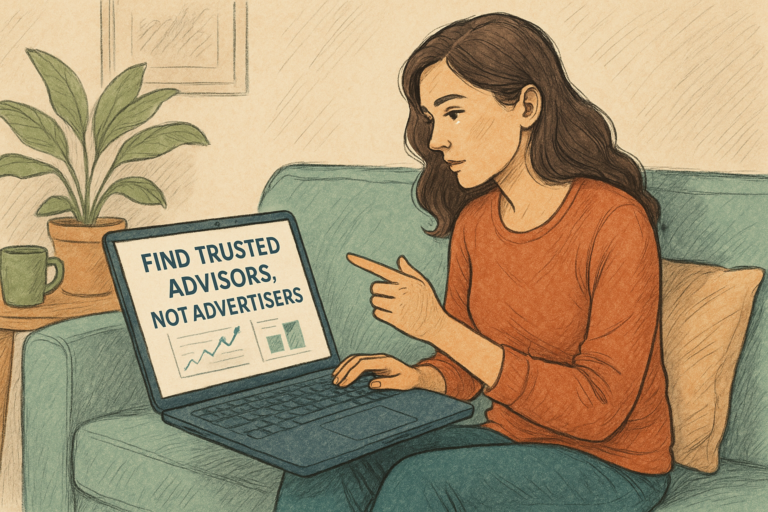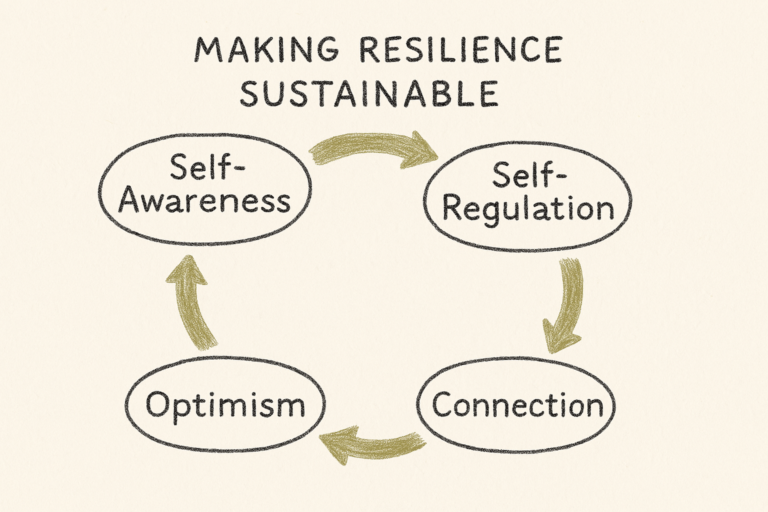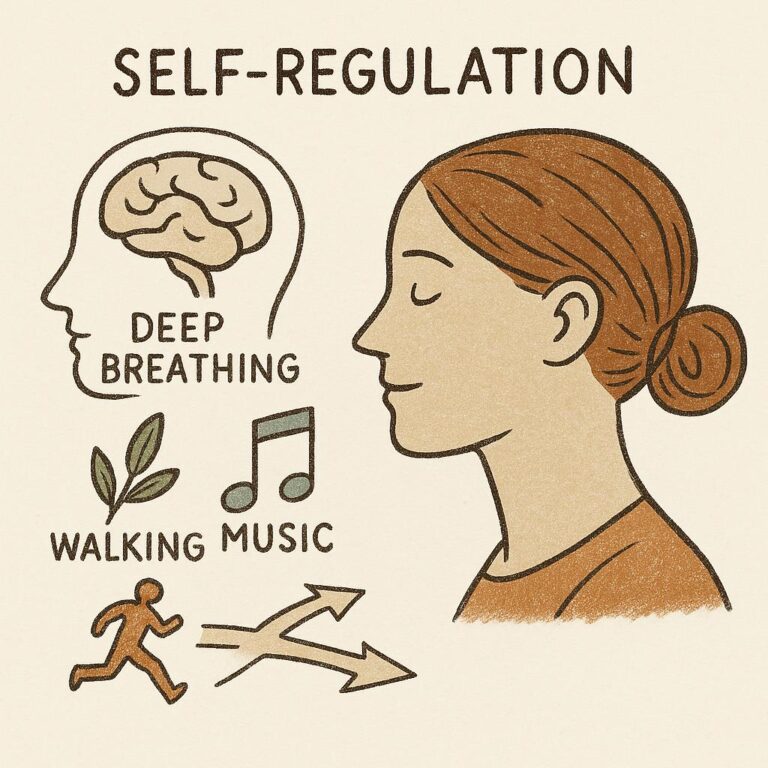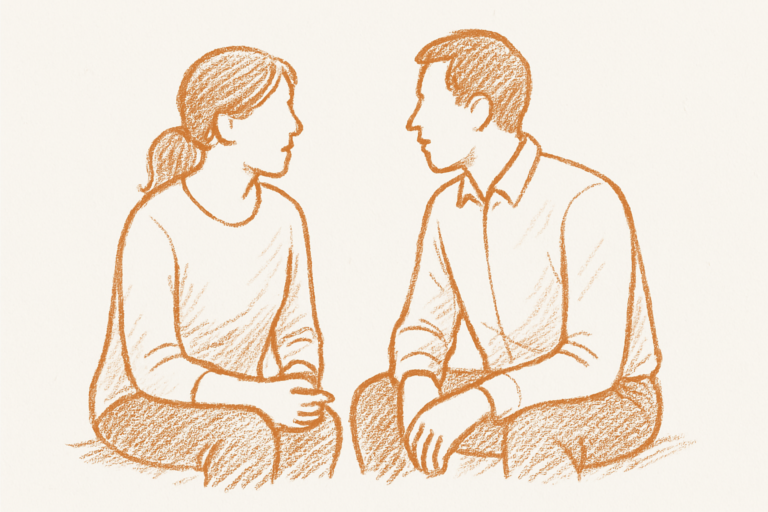What is Resilience, Anyway?
Resilience isn’t a trait you are born with. But you can grow it!
It’s not just you. The world really has gotten heavier. Political divisions, climate-related disasters, economic uncertainty, health challenges, strained relationships—these aren’t just headlines. They’re daily realities for many of us. And they all take a toll.
If you’ve found yourself snapping at people you care about, waking up at 3 a.m. ruminating about things, or wondering where your motivation went… You’re not broken. You’re human. And you’re probably running on empty.
That’s where resilience comes in—not as some magic fix, but as a quiet, repeatable way to stay grounded in who you are, even when the world shakes.
Welcome to Resilience Nudges—a space where you can reflect, reset, and strengthen your inner resilience. Over the next few posts, we will explore practical ways to build resilience—practices that are real, doable, and grounded in both science and lived experience.
Let’s start at the beginning.
Resilience is often misunderstood. It’s not about being fearless, stoic, or invincible. It’s not about simply pushing through. And it’s definitely not about pretending everything’s fine when it’s not.
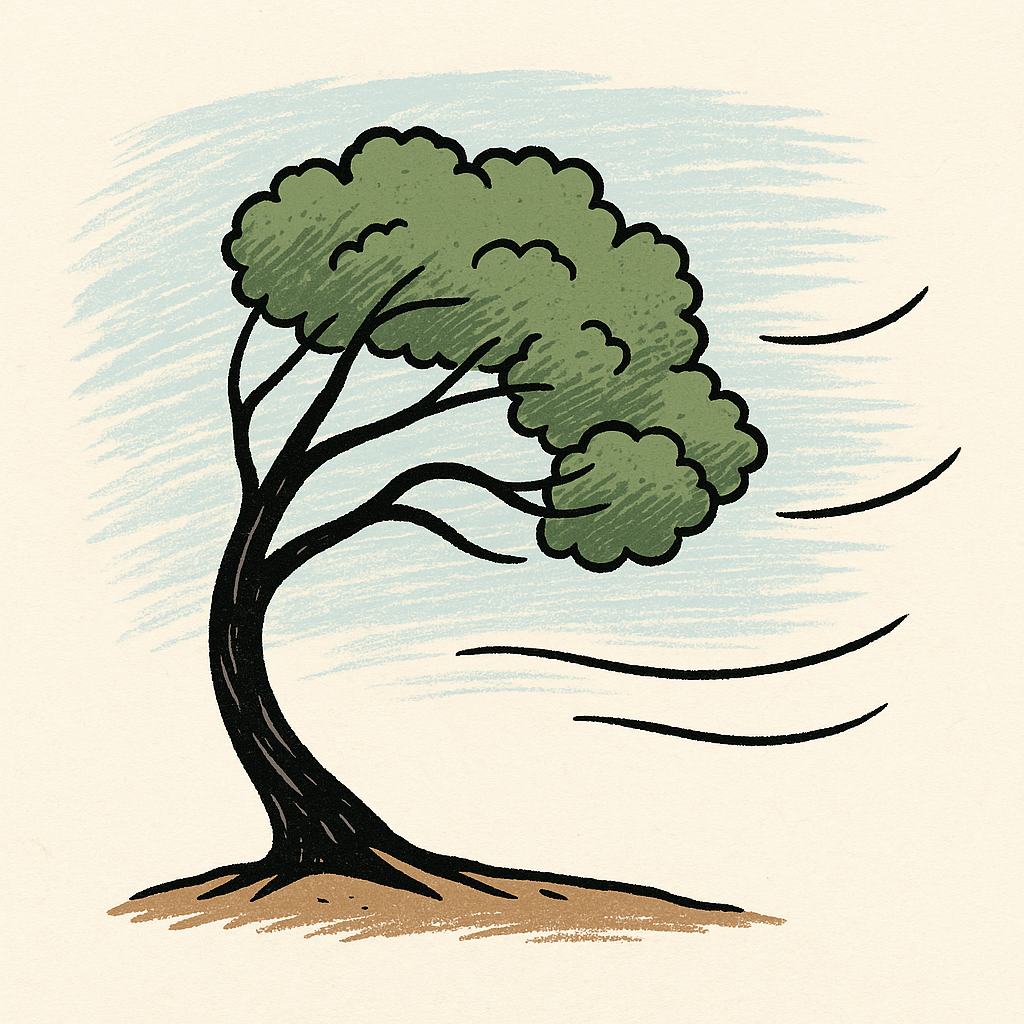
What is resilience?
Resilience is your ability to adapt and recover in the face of adversity. It’s staying connected to your values and purpose even when life throws curveballs. It’s about how you respond to stress—not the absence of it.
Stress shows up for all of us. Sometimes it’s obvious: job pressure, health scares, family conflict. Other times, it’s sneaky—like persistent worry, exhaustion, or a sense of disconnection.
However, here’s the thing: how you interpret stress determines its impact on you. Research shows that if you believe stress is harmful, it’s more likely to hurt your health. On the other hand, when you learn to view stress as something you can manage and grow through, your body responds differently. It can actually build strength.
Resilience is the antidote to stress.
Tweet
Make small choices to stay grounded in who you are—even when things feel chaotic. You don’t have to be fearless. Just keep showing up.
What’s your resilience level? Take the quiz at opalcoaching.com
#Resilience #MentalHealth
If stress is the pain, resilience is the proactive way you meet it with presence, intention, and a plan. It’s the small choices you make to stay grounded in who you are—even when things feel chaotic.
Below, you will find something to do, to read, and to watch. I have included one thing to reflect on, a gentle nudge to prompt a resilience practice, and a short thought to reset your resilience. I follow with other sources to continue building your resilience toolkit.
To Do

Reflect: When was the last time you bounced back from something hard? What helped you the most?
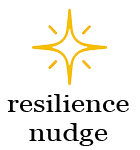
Nudge:
- Journal about that moment. What inner strengths did you rely on?
- Make a list of people, tools, or practices that supported you.
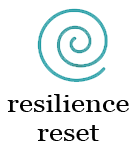
Reset: You don’t have to be fearless to be resilient. You just have to keep showing up.
To Read
“Option B: Facing Adversity, Building Resilience, and Finding Joy” by Sheryl Sandberg & Adam Grant
Offers real-life stories and research-based practices for recovering from loss and setbacks. It’s practical, relatable, and speaks to the heart.
To Watch
TED Talk: “How to Make Stress Your Friend” by Kelly McGonigal
In just under 15 minutes, Kelly McGonigal reframes stress through science-backed insights. She also delivers a stat (43% increased mortality risk if you believe stress is harmful), so it’s a perfect motivation to change your relationship to stress.
Next
In our next article, we’ll dive into something that lives beneath the surface of every stress response—your Stress Reflex. Knowing yours is a powerful first step toward changing your default reaction.
